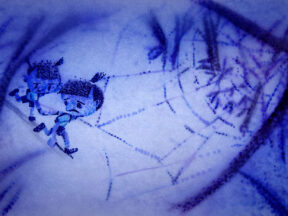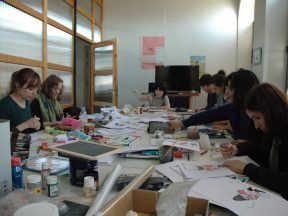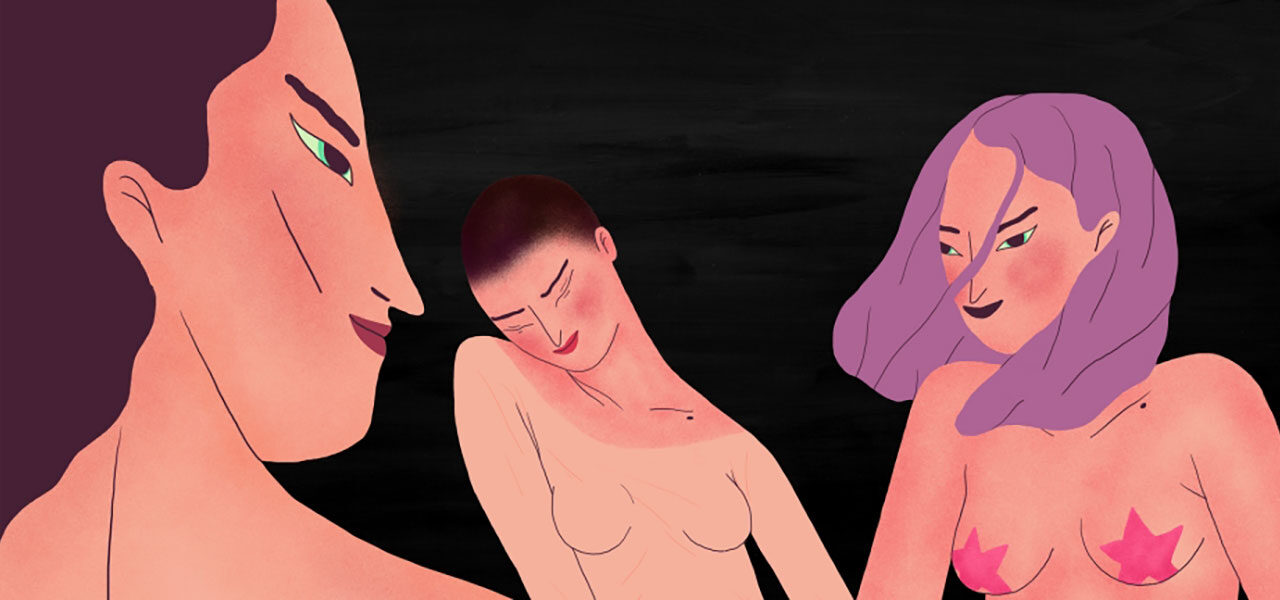
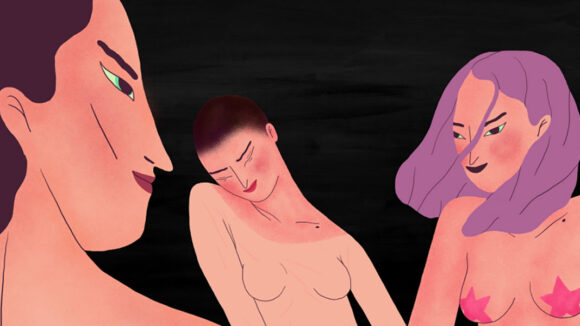
What Is It Like To Attend MOME Anim, Hungary’s Most Famous Animation School
In our ongoing series on exceptional international animation schools, we turn our eyes towards Hungary and the Moholy-Nagy University of Art and Design Budapest (otherwise known as MOME).
MOME Anim, as the animation department is nicknamed, has a long history in Budapest, full of both good and bad periods. In recent years though, the school has been turning out a parade of inspired animation artists whose graphically bold designs mixed with often surreal and absurdist stories have instant marks on the international animation scene.
A few of those MOME Anim graduates include Réka Bucsi (her student film, Symphony no. 42, was shortlisted for the Oscars in 2014), Flóra Anna Buda (Entropia, 2019, premiered at Berlinale), Tibor Bánóczki (Milkteeth, 2007, a winner at Annecy, Ottawa, and Clermont-Ferrand), Tomek Ducki (Life Line, 2007, Cartoon D’or nomination), Luca Tóth (The Age of Curious, 2013), and Nadja Andrasev (The Noise of Licking, 2016)
The school was established in Budapest in 1880, initially named the Hungarian Royal National School of Arts and Crafts. “The animation department started 42 years ago in 1980,” says József Fülöp, rector and head of the animation program. “It was a kind of a joint-venture between the school and the Pannónia Film Studio, which was a state-owned animation film company in Hungary.”
How the program works

Mome Anim offers a three-year undergraduate BA program and a two-year master’s program. “The BA guides the students into different stages of professional animation filmmaking,” says Fülöp. “It introduces all of the important artistic roles in animation productions such as storyboards, concept and layout artists, character and background design, and so on, and covers all of the important animation techniques from cgi to stop-motion. During those three years, they also learned about teamwork while developing and producing varying animation content, commissioned projects, and individual artistic shorts. The focus is on developing individual perspectives and finding a personal artistic tone.”
The MA program, which is also available in English, takes it all a bit further, helping to guide students towards a career in animation while continuing to develop as a director and lead animation artist. “The main focus is content development,” adds Fülöp.
In terms of courses, students can choose between practical (i.e. hands-on) or theoretical studies. Liberal arts, business, philosophy, art, film, animation history, dramaturgy, and other subjects are covered in theory courses. On the practical side, the courses are project-based with a goal of guiding students into professional animation filmmaking.
“It covers all the stages of animation filmmaking, from content development to production and post-production processes,” says Fülöp. “These types of courses offer a learning-by-doing system.”
And the cost? Well, if you’re Hungarian or have EU citizenship, there are no fees in most cases. For the rest of the planet, the cost is €2,000 ($2,172) per semester for the BA and €2500 ($2,716) per semester for the MA program.
MOME Anim enrolls between 80-90 students. The BA Program accepts about 15–19 new people each year, selected from 250–300 applicants. The MA program accepts about 12 students annually.
In terms of overall department goals, MOME Anim aims to nurture the next generations of directors and animation artists and to give them the tools to, as Fülöp puts it, “develop and implement projects individually or as the lead of a developing or production team.” In addition to the regular course, MOME Anime is part of Animation San Frontiers, a training program established in 2008 that involves other renowned animation schools like The Animation Workshop, Gobelins, and Filmakademie Baden-Württenberg. “Through content development and talent management,” adds Fülöp, “we execute/implement projects, incubation and research activities.”
The school also has a strong relationship with the Hungarian and Central European animation industries. Not only do guest lecturers from different studios regularly come to MOME Anim, but students are required to intern at studios. In fact, some graduation films end up as co-productions with these studios.
Perspectives from students
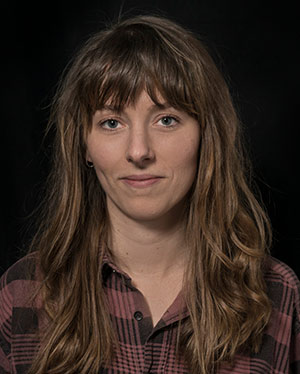
“Back when I applied in 2008, there wasn’t really any other good option to study animation in Hungary,” says Réka Bucsi (2013 graduate). “MOME is by far the best place to study applied arts, because of the community, teachers, and international opportunities you get to travel to workshops and festivals during your studies.
Flóra Anna Buda (2018 grad) says, “I was very scared to send my application to MOME because I heard that people had to pitch their projects at the end of every semester in the spotlight with a microphone in their hands. I was just a very shy person then, so I was trying to get into the Fine Art Academy, where people could draw in quiet solitude. Luckily, I wasn’t accepted, so I gathered all my courage and gave a shot to MOME. After the first few months, I realized why it was so important that we learn to pitch, and that is one of the many reasons I’m really grateful that I didn’t shy away from this challenge.”
Expectations met?
Acceptance is all well and good, but how did the department deliver on assorted expectations?
“I knew it was going to be tough,” says Luca Tóth (2011 grad), “but I didn’t expect it to be as tough as it was at the beginning. I didn’t come from an animation background and catching up was very difficult for me.”
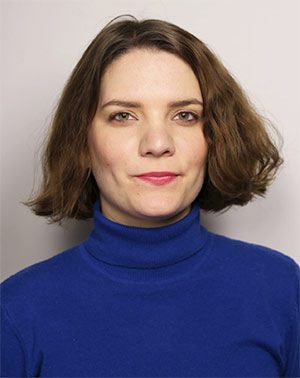
“I’m very honest about it; I didn’t have any defined expectations when I applied,” says Buda. “I was a very enthusiastic and naive student, and I took all the opportunities that came to me, always searching for new challenges and trying to get the most out of the tasks. I had a lot of fun and freedom during my studies. I would say I miss a little bit more diversity and even more encouragement to use different materials, techniques, and ways of storytelling, which I think was also partly my responsibility. The good thing is that there were opportunities to discuss these needs and opinions.”
Says Bucsi, “I didn’t like some of my teachers, but the ones I did were very important to me. I also expected to be surrounded by people with the same interests, which was very important. To this day, my closest friends and collaborators are people I met at MOME. I have no idea what I would do without having these people work next to me every day.”
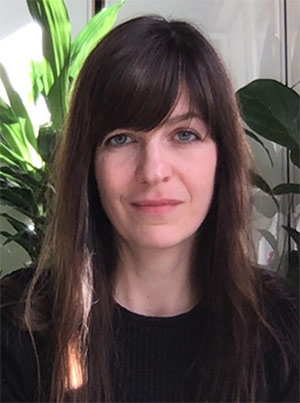
Nadja Andrasev (2015 grad) offers the following perspective: “I feel that the graduating classes have a high level of attention on them, and since the school applies for government funding for the diploma films, the MA students can make at least one film during their studies in which the director is able to hire a professional crew to help in areas where they need help the most. On the other hand, I was able to attend for 6 years without properly learning how to animate, even if this was only my own fault. During the BA years, I was mostly involved in stop motion films, and during the MA, everything I did on my film took so much time, that actually animating the scenes was out of the question.”
Improvements?
At any school, some experiences are likely to be overlooked or ignored all together. “I wish we had more time for animating in 2d,” says Bucsi. “I learned most of that from books and online classes, as we only had a couple of months for that. MOME introduces the students to many different techniques, and even though I wasn’t interested in making puppet animation, I had to make a film and study how to make puppets. Meanwhile, I just wanted to get better at classical 2d animation. There is also a lack of studying different software. Everything was happening on paper.”

Luca Tóth adds, “I had a hard time at MOME at the beginning. Most of my classmates had some experience in animation, and I was way behind them. For example, our first year started with a three-week class about 2d animation on paper. They gave us a complicated character called ‘the courier’ (it was the character design of one of our teachers), and we had to make it walk, run, jump into water, push, or pull a heavy object, plus we had to make a cube fall from the sky. We had to do this in just three weeks! That class was my personal hell. I didn’t think I could ever be an animator, and to be honest, one of my teachers repeatedly told me that as well. I almost failed that year. In the later years, I also had quite a few encouraging and very inspirational tutors as well.”
Community
The sense of community and the importance of communication were important aspects of all the graduates’ experiences at MOME, both during and after their studies. “One of the most valuable things was to learn how to confidently talk about my personal work and defend my ideas,” says Bucsi. “I learned how to filter input from people I thought were relevant to my work so that I didn’t get confused by teachers who simply weren’t a good fit for what I wanted to do.”
Tóth stresses that the most valuable takeaway from any school is community: “Seeing each other’s work and talking about it with your classmates, getting feedback from tutors, and being part of a network that has a deep drive to make good quality animation is the most precious thing that I could get from any school. And I have to say, it’s not that common in my experience to have this. ”
For Andrasev, the network of friends and contacts she developed at MOME remains essential to her animation career today. “I made great personal connections and learned from my teachers, and even more importantly, my friends, as much as I could,” she said. “I think I’m able to put together a great crew who can benefit my projects in the best possible way. So in a way, I feel that it is OK that I don’t have all the skills to make a film all by myself, because I would like to have my friends or people I admire professionally involved when I work on something.”
Pictured at top: “Entropia” by Flóra Anna Buda.

